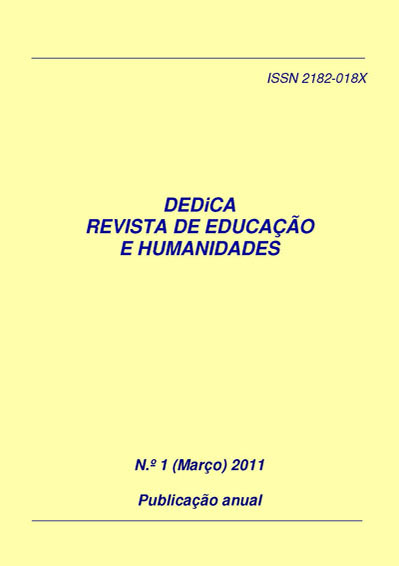El trabajo de las mujeres: el empleo femenino extranjero en la provincia de Málaga (2006-2010)
DOI:
https://doi.org/10.30827/dreh.v0i1.7169Palabras clave:
contratación de trabajadoras extranjeras, sesgo de género en la contratación, enfoque de género, patrones migratorios, género y migracionesResumen
En el presente trabajo se describe la evolución comparativa de la contratación femenina extranjera en la provincia de Málaga en el periodo 2006-2010, planteándose como tales categorías de análisis: sexo, segmento de actividad, grupos de edad y origen.
Los cambios sustanciales observados tanto en los perfiles de los trabajadores inmigrantes contratados como en los patrones de contratación previamente existentes, parecen plantear cambios significativos en los patrones migratorios actuales en el destino Málaga, introduciéndose el factor género como uno de los elementos decisivos que explican tanto el hecho migratorio como el sesgo de la contratación presente y futura de trabajadoras inmigrantes. Dado que el periodo de estudio coincide con el estallido de la crisis, su constatación en el análisis cuantitativo realizado resulta de interés.
Descargas
Citas
Data-base ARGOS (2010): Contratación a Personas Extranjeras en Málaga. Consultado en 26/12/2010 y en 27/12/2010. Disponible en:
//www.juntadeandalucia.es/servicioandaluzdeempleo/web/argos/verInformeEXT.do;jsessionid=9A7F1BE773C8F5027F1867AE07D5D7E4.argos01?idTipo=7&inf%20=EXT
Delphy, C. (1982). Por un feminismo materialista. El enemigo principal y otros textos. Barcelona: La Sal.
Kergoat, D. ; Imbert, F. ; Le Doare, H. ; Senotier, D. (1992). Les infirmières et leur coordination 1988-1989. Paris: Ed. Lamarre.
Kergoat, D. (2000). Division sexuelle du travail et rapports sociaux de sexe. En H. Hirata; F. Laborie; H. Le Doare; D. Senotier (Eds), Dictionnaire critique du féminisme, 35-42. Paris: PUF.
Kergoat, D. (2001). Le rapport social de sexe. De la reproduction des rapports sociaux à leur subversion. Actuel Marx, 30, deuxième semestre (2001) 85-100.
Lim, L. (1993). The effects of women’s position on their migration. En N. Federici; K. O. Mason; S. Sogner (Eds.), Women’s position and demographic change, 225-242. Oxford: Clarendon Press.
Morokvasic, M. (1983). La limitación de la natalidad entre las mujeres yugoslavas migrantes en Francia, la República Federal de Alemania y Suecia. En S. Andizian; M. Catani; A. V. Cicourel; N. Dittmar; D. Harper; A. Kudat; M. Morokvasic; M. Oriol; R. G. Parris; J. Streiff; C. Swetland (Eds.), Vivir entre dos culturas: la situación sociocultural de los trabajadores migrantes y sus familias, 312-343. Barcelona: Serbal/ Paris: Unesco.
Morokvasic, M. (1987). Emigration und Danach: Jugoslawische Frauen in Westeuropa (La emigración y el después? Las mujeres yugoslavas en la Europa Occidental). Frankfurt Main: Ed. Stroemfeld/ Roter Stern Verlag.
Morokvasic, M. (1987). Immigrants in Parisian Garment Industry. Work, Employment and Society, 1, 4 (1987) 441-462.
Ravenstein, E. G. (1885). The Laws of Migration. Journal of the Royal Statistical Society, 48 (1885) 167- 227.
Ravenstein, E. G. (1889). The Laws of Migration. Journal of the Royal Statistical Society, 52 (1889) 241- 301.
Stouffer, S. A. (1940). Intervening Opportunities: A Theory Relating Mobility and Distance. American Sociological Review, 5, 6 (1940) 845-867.
United Nations, Department of Economic and Social Affairs, Population Division (2009): Trends in International Migrant Stock, The 2008 Revision (OP/DB/MIG/Stock/Rev.2008). Consultado en 23/12/2010. Disponible en: www.esa.un.org/migration/index.
Zipf, G. K. (1946). The P1P2/D Hypothesis: On the Intercity Movement of Persons. American Economic Review, 11 (1946) 677-686.












